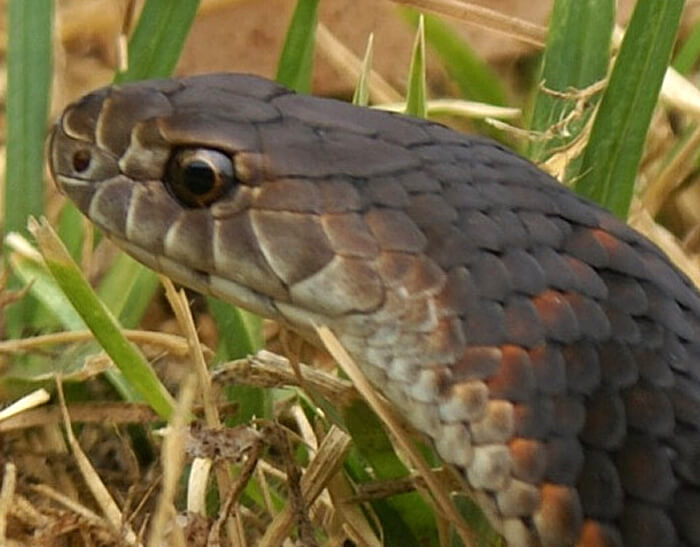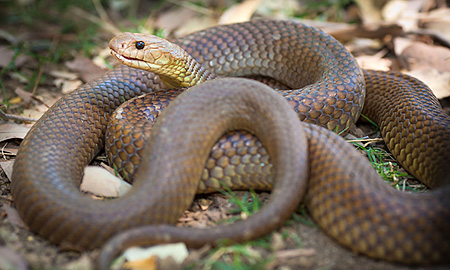Introduction
When it concerns venomous snakes, Australia is home to a few of one of the most remarkable and unsafe varieties in the world. Among these, the Tiger Snake attracts attention not just for its potent venom but likewise for its fascinating actions. Recognizing the behavior of poisonous snakes like the Tiger Serpent is crucial for both wildlife lovers and those staying in locations where these serpents exist. This post looks into various facets of Tiger Serpent behavior, habitat, identification, precaution, and emergency treatment methods in case of a snake bite.
Understanding the Actions of Venomous Snakes Like the Tiger Snake
The Tiger Snake, scientifically known as Notechis scutatus, is notorious for its aggressive nature when threatened. These snakes exhibit a variety of actions that can be quite various from their non-venomous counterparts.
Characteristics of Tiger Snakes
The Tiger Serpent is easily well-known as a result of its distinctive bands or stripes that appear like a tiger's markings. They can vary in color from yellowish-brown to dark olive or black. This pigmentation serves not only as camouflage yet likewise as a caution Pressure immobilisation method signal to potential predators.
Adaptability to Environment
One impressive element of their behavior is their adaptability to different settings. Located mainly in coastal regions, marshes, and wetlands throughout Australia and Tasmania, they can flourish in diverse environments including city locations.
Hunting Techniques
Tiger Snakes are ambush killers largely feeding upon fish, frogs, and tiny animals. They possess eager vision and an intense feeling of scent which helps them in locating victim effectively.
Venom Composition
Their venom consists of neurotoxins that impact the nerve system, causing paralysis or death in smaller pets. For humans, prompt clinical interest is crucial after a tiger snake bite due to its potentially lethal effects.
Natural Habitat of Tiger Snakes
Preferred Locations
Understanding where these serpents reside sheds light on their behavior patterns. The tiger serpent habitat consists of:

- Coastal regions Swamps Grasslands Urban areas with abundant water sources
Seasonal Movements
During warmer months, Tiger Snakes are extra energetic as they indulge in sunshine or search for food. On the other hand, cooler months see them pulling back right into hibernation sites.

Are Tiger Snakes Venomous?
Yes! The question "are tiger snakes poisonous?" usually arises among those unfamiliar with this species. Their venom is considered among the most dangerous among all serpent species worldwide.
Symptoms of a Tiger Snake Bite
If bitten by a tiger snake, signs and symptoms may include:
- Localized pain Swelling at the bite site Nausea and vomiting Sweating and confusion
Immediate medical aid is vital as neglected attacks can result in extreme wellness problems or even death.
First Aid for Serpent Bites: Quick Action Guide
Knowing exactly how to provide first aid for a snake bite can save a person's life. Here's what you ought to do:
Step 1: Stay Calm
Keeping calm aids reduce heart rate which reduces poison spread.
Step 2: Incapacitate the Influenced Area
Keep the influenced limb still First aid for snake bite and listed below heart level if possible.
Step 3: Call Emergency Situation Services
Always seek specialist clinical aid immediately after a serpent bite.
First Help for Serpent Bite Package Essentials
A well-appointed snake bite first aid kit should include:

- A compression bandage Antiseptic wipes A set of scissors An ice bag
Safety Safety measures: Preventing Snake Bites in Australia
Awareness Programs
Educating communities concerning regional snake types and their behaviors can considerably decrease encounters causing bites.
Avoiding Hazardous Areas
Snake IdentificationStaying away from lengthy turf during warmer months decreases call with snakes that could be relaxing or hunting.
Common Misconceptions Regarding Tiger Snakes
Many people think misconceptions concerning the actions of tiger serpents result in unneeded fear. Here are some explanations:
Myth 1: All Tigers Are Aggressive
Not all tiger serpents will certainly display hostility if left uninterrupted; many like getting away as opposed to confrontation.
Myth 2: They Chase Humans
Tiger serpents do not actively go after human beings; they may strike when they really feel threatened but will generally pull back if given space.
Conservation Efforts Associated with Poisonous Snakes
Conservation efforts concentrate on educating communities about protecting local wild animals while reducing human-snake interactions.
Importance of Ecosystems
Understanding that venomous snakes play an essential duty in maintaining eco-friendly equilibrium helps foster admiration as opposed to fear towards them.
FAQs About Tiger Snakes
What ought to I do if I come across a tiger snake?- Maintain range and gradually pull back without abrupt movements.
- While bites aren't incredibly common as a result of recognition efforts, they still occur every year within Australia.
- Baby tiger serpents can deliver full doses of poison in spite of being smaller; for this reason caution is encouraged around them.
- They primarily consume frogs, fish, tiny creatures like rats, and various other reptiles.
- It's prohibited in many territories without appropriate licensing due to security worries regarding their venom.
- Wear durable boots and stay on marked routes; appearance prior to putting hands or feet into hidden areas like rocks or logs.
Conclusion
Understanding the habits of venomous serpents like the Tiger Serpent not only boosts our knowledge however also advertises safety and security recognition among those living near their environments. From identifying their features, comprehending first aid methods following a bite, via engaging conservation initiatives-- every aspect plays a vital role in cultivating coexistence with these fascinating reptiles while valuing their location within our ecosystem.
As we grow our understanding with education and learning and experience, we add favorably toward making certain both human safety and wildlife conservation-- profiting all events involved!